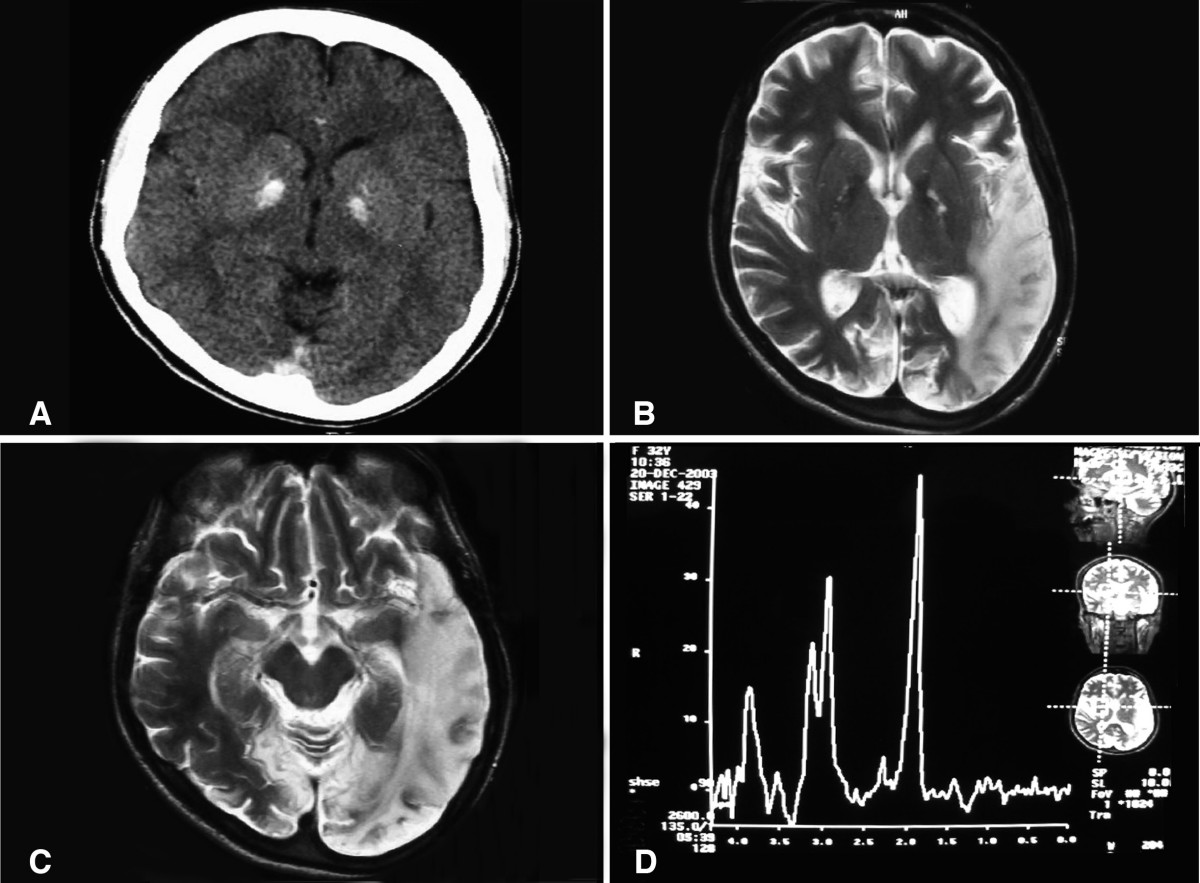Melas

A rare neurometabolic genetic disorder which is progressive and multisystemic due to mitochondrial dysfunction and that is characterized by encephalomyopathy, lactic acidosis, and stroke-like episodes.
Epidemiology
Precise prevalence and incidence data are not available. Estimated prevalence has been reported about 0.2/100,000 in Japan. It is one of the most frequent mitochondrial disorders, which are estimated to affect 1/10,000 people. Males and females are affected equally.
Clinical description
MELAS is a multi-organ disease with protean manifestations. MELAS symptoms usually occur before 20 years, but can develop at any age. The hallmark feature is stroke-like episodes causing vomiting, headache, or epilepsy followed by loss of consciousness, frequently hemiparesis, hemianopia, and cortical blindness. Patients may have a history of developmental delay, short stature, learning disabilities before occurrence of stroke. Lactic acidosis is another systematic manifestation. Myopathy presents as hypotonia, exercise intolerance, and weakness. Other manifestations may include endocrinopathy (diabetes, mostly type 2 and occasionally type 1, hypo- or hyperthyroidism), polyneuropathy, cardiomyopathy, sensorineural hearing loss and intestinal pseudo-obstruction. Psychiatric manifestations include loss of appetite, depression, anxiety, psychosis, bipolar disorder, dementia, autism spectrum disorders, and rarely behavioral disturbances. Nephrotic syndrome is a rare manifestation. Dermatological involvement includes purpura, hirsutism, and erythema. The course is often progressive, with gradual cognitive decline, disability, and early demise.
Etiology
The exact pathogenesis has not been fully elucidated. Energy depletion due to mitochondrial dysfunction underlies the clinical manifestations. Among mutations in 19 mitochondrial genes so far identified , the 3243G>A mutation in the mitochondrial tRNA Leu(UUR) gene (MT-TL1) is most frequent (approximately 80%). These mutations lead to mitochondrial tRNA dysfunction, causing disturbances in mitochondrial protein synthesis.
Diagnostic methods
Diagnosis of MELAS is made based on a combination of the characteristic clinical features, laboratory findings indicative of mitochondrial dysfunction, and genetic testing. Diagnostic laboratory findings include demonstration of lactic acidosis, brain imaging during stroke not conforming to the vascular territory, muscle biopsy showing ragged red fibers, and respiratory chain analysis showing multiple partial defects. The diagnosis can be confirmed by molecular genetic testing. It is of note that the genetic test results alone cannot predict the diagnosis, because of variable phenotypes caused by the mutation (m.3243A-to-G), ranging from severe MELAS to diabetes, or deafness, or even asymptomatic.
Differential diagnosis
Various diseases causing juvenile-onset acute ischemic stroke need to be distinguished. In patients with migraine, epilepsy, or encephalitis MELAS should be ruled out. Further differential diagnoses are other mitochondrial disorders that share clinical manifestations with MELAS.
Antenatal diagnosis
Prenatal diagnosis, though possible, is difficult due to heterogeneity in the proportion of mutations between tissues.
Genetic counseling
MELAS is inherited in a mitochondrial manner, through maternal inheritance and rarely as de novo mutations. Genetic counseling is challenging due to heteroplasmy.
Management and treatment
There is currently no recommended treatment for MELAS syndrome. Agents that have been used albeit with insufficient evidence include arginine, taurine, citrulline, carnitine, creatine monohydrate, idebenone, dichloroacetate, coenzyme Q10, menadione, phylloquinone, ascorbic acid, riboflavin, and nicotinamide. Endocrine, cardiac, gastrointestinal, psychiatric, renal, and dermatological manifestations are managed with standard symptomatic measures. Progressive encephalomyopathy should be closely monitored.
Prognosis
MELAS progresses over years with accumulation of neurological deficits and exhibits high morbidity and mortality.